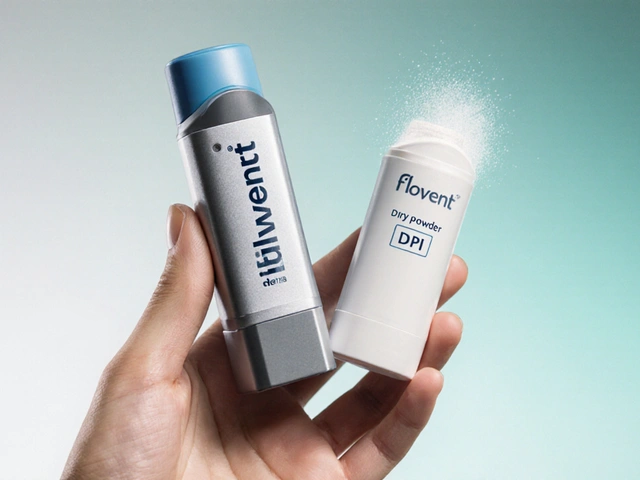Stretching After Surgery: What You Need to Know
Just had an operation? You might think staying still is the safest bet, but gentle stretching can actually speed up healing. The key is to move the right way, at the right time, and avoid anything that could stress the incision or the repaired tissue.
When Is It Safe to Start?
Most surgeons give a clear timeline—usually a few days to a week for minor procedures and up to two weeks for bigger surgeries. Check your discharge paperwork or ask your doctor if you’re unsure. If you have a fever, swelling, or sharp pain, hold off and call your provider.
Once you get the green light, start with very low‑intensity moves. Think of each stretch as a way to keep blood flowing, not as a workout. Even a 5‑minute session a few times a day can make a difference.
Easy Stretches for Common Surgeries
Abdominal surgery: Lie on your back with knees bent. Gently lift one knee toward your chest, hold for a few seconds, then lower. Switch sides. This reduces stiffness in the lower back and helps the core wake up.
Knee or joint replacement: Sit on a sturdy chair, place the operated leg on a pillow, then slide the heel toward the floor and back up. The motion keeps the joint lubricated without putting weight on it.
Shoulder repair: Stand near a wall, place your palm against it, and slowly slide your arm upward a few inches, then back down. Keep the movement pain‑free; you’re just opening the joint a little.
Always move within a pain‑free range. A mild stretch should feel like a gentle pull, not a burn.
Tips to Keep Stretches Safe
- Warm up with a short walk or light arm swings for 2‑3 minutes before stretching.
- Keep breathing steady; holding your breath can raise blood pressure and strain the incision.
- Avoid deep bends or twists that twist the surgical site.
- Stay hydrated. Proper fluid levels help muscles stay flexible.
- Use supportive cushions or pillows to keep the incision area comfortable.
If any stretch causes sharp or increasing pain, stop immediately. It’s better to pause and get advice than to push through and risk a setback.
Remember, the goal of post‑op stretching is to restore range of motion, reduce scar tissue, and improve circulation. It’s not about gaining strength—strength building comes later in rehab, once the tissue is fully healed.
Track your progress in a simple notebook. Note the date, which stretch you did, how long you held it, and any discomfort. Seeing improvement over days can boost confidence and keep you motivated.
Finally, combine stretching with the other recovery habits your doctor recommended: proper wound care, balanced nutrition, and enough sleep. When all pieces fit together, you’ll notice smoother, faster healing and get back to your normal routine sooner.
So, start gentle, listen to your body, and keep moving—your future self will thank you.

How to Use Yoga and Stretching for Scar Healing: Safe Timeline, Poses, and Routines
Use yoga and stretching to soften scars, improve mobility, and reduce pain-safely. Get a clear start timeline, weekly plan, poses, scar massage, and red flags.
Sep 2 2025




